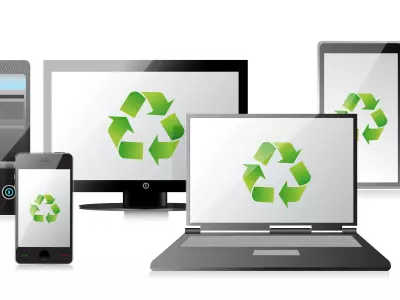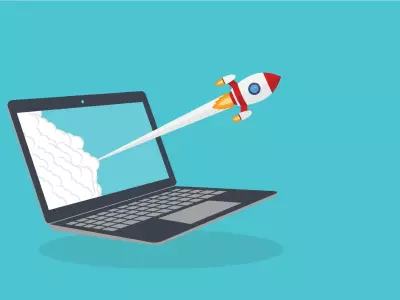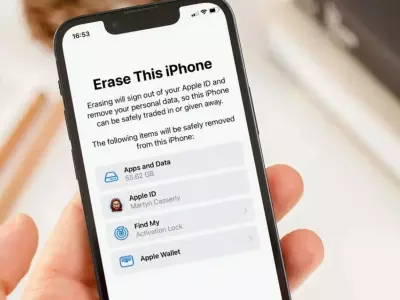iPhone 12, 13, 14 or 15 – Which Should We Choose?
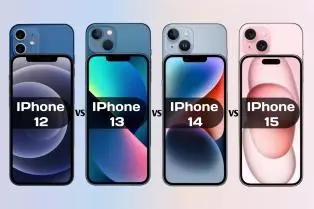
iPhone 12, 13, 14, or 15 - Which to Choose?
In today's blog post, we'll look at the differences, pros, and cons of iPhone 12, 13, 14, and 15. We should clarify that we'll only cover the standard models, not the Pro variants. The reason for this blog post is questions and interest from customers about these phones.
1. Innovations of iPhone 12 Compared to Its Predecessors
iPhone 12 is the first model since iPhone 5 whose design features sharp edges and moves away from the rounder shape typical of models 7 through 11. The design of iPhone 12 makes it much more comfortable to hold and carry compared to the rounder shape of its predecessors, which often slip when hands are damp or wet.
The materials used for the frame, back cover, and display of iPhone 12 and 13 are entirely similar, and we can add the 14 to this category as well. With iPhone 15, the materials are very different, as it's made from titanium and is much lighter compared to the other three models. The downside with iPhone 15 is that titanium is a much lighter metal than aluminum, and when dropped, the phone can much more easily break or bend both in the back cover area and the display.
iPhone 12 is the first model to incorporate 5G technology. This is also why the motherboard's location on the body was moved from right to left, unlike previous models. This was done to make room for the 5G antennas and a larger battery. The motherboard position has also been changed, with it being positioned on the other side, the battery passing over the bottom location and vice versa.
The iPhone 12's display is very different compared to the 11 because it's OLED, not TFT like previous models. With iPhone 12, there's already a huge step compared to iPhone 11 in improving connectivity and display type. The 12's display is much higher quality, much brighter, and saves more energy, which is a plus for battery life. With normal use, iPhone 12's battery can last a full day. Really, the first step towards more modern and current technologies comes from iPhone 12.
It's also the first model in the series to have MagSafe - the magnet on the back of the phone that allows users to attach various accessories like wallets, batteries, power banks, etc.
## 2. Differences Between iPhone 13 and 14
With iPhone 13, we move to the newer chip, which is A15, also found in iPhone 14. Generally, between the two models (13 and 14), there aren't any incredible technological differences. For Pro models, the situation is quite different, but that's a topic for a future article.
The differences between iPhone 13 and 14 can be counted on one hand. Body-wise, the two models are completely identical, with the 14 being slightly lighter. iPhone 14's display is slightly brighter, the battery is slightly larger in capacity, the cameras are slightly bigger, the notch is slightly smaller. As far as hardware goes, iPhone 13 and 14 don't have any major differences. The only difference is noticeable during phone repair, as the 13 opens from the front at the display for access to the battery, motherboard, and antennas, while the 14 opens from the back, aiming to protect the display from damage.
## 3. iPhone 15
With iPhone 15, we can talk about bigger differences compared to the previous two models, excluding the design, which is similar to its predecessors. Hardware-wise, however, there's great progress compared to 13 and 14. With iPhone 15 comes the biggest hardware difference - the Type-C port, which is now found everywhere. With this, Apple finally complies with European standards for phones, and all other Apple devices (like MacBook, iPad, etc.) also use Type-C charging. Another resolved issue that was encountered with the old lightning cable is data transfer speed. iPhone 15's brightness is much better compared to the previous two models, and it has Dynamic Island. Also important to mention is the optimization they've made for battery charging, namely the setting to charge the battery to 80%. This way, we have fast charging between 20 and 80%, preserve battery life, and don't risk significant overheating.
The iPhone 15's camera definitely surpasses those of its predecessors. It uses the 48-megapixel base of the iPhone 14 Pro. Overall, the 15 has gathered all of the brand's technological innovations in itself, so if you want to be most up-to-date, iPhone 15 is definitely your choice.
## Conclusion
In conclusion, we can say that for people who want a phone that works well, takes good photos, is fast, has durable battery life, has a nice display, and is relatively easy to repair, perhaps the most optimal price-quality ratio is iPhone 13. The 12 is also a good phone for normal everyday use, and it's twice as cheap as iPhone 15.

Last publications
Last publications
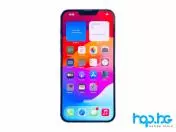
SmartphoneApple iPhone 13 Pro 128GB Sierra Blue
- Hexa-core (2x3.23 GHz Avalanche + 4x1.82 GHz Blizzard)
- 6GB
- 128GB
- Apple GPU (4-core graphics)
45900 €
42900 €
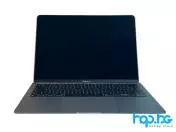
LaptopApple MacBook Air M1 A2337 (2020) Space Gray
- Apple M1 (12M, 3.2 GHz)
- 8GB
- 256GB SSD
- Apple GPU with 7-cores
51000 €
45900 €

LaptopApple MacBook Air A1466 (2017) Silver
- Intel Core i5-5350U (3M, 1.80 GHz, up to 2.90 GHz)
- 8GB DDR3
- 128GB SSD
- Intel HD Graphics 6000
25500 €
20400 €

Mobile Workstation HP Zbook Power G8
- Intel Core i7-11800H (24M, 2.30 GHz, up to 4.60 GHz)
- 32GB DDR4
- 1TB SSD
- Nvidia Quadro T1200 (128-bit, 4GB GDDR6)
96900 €
87200 €


